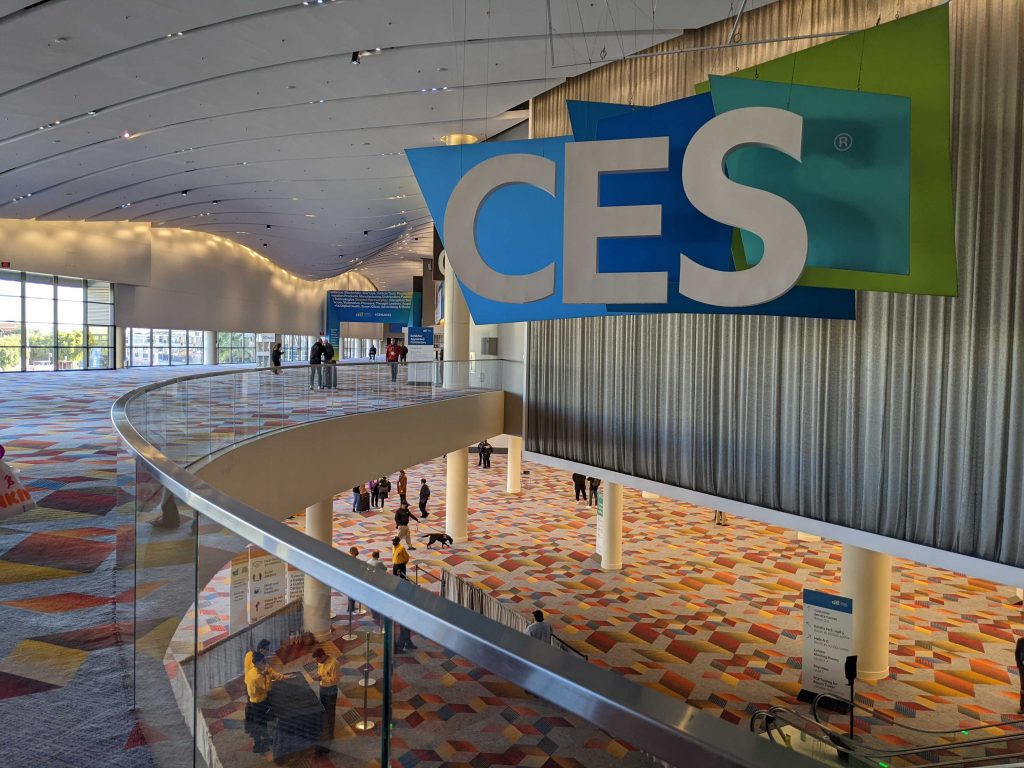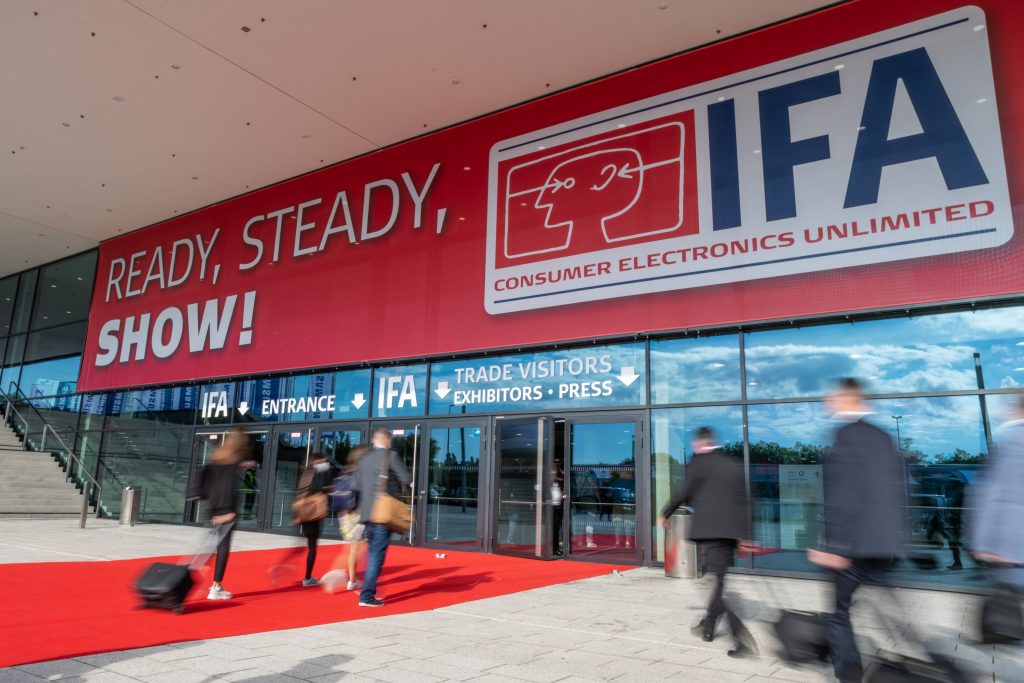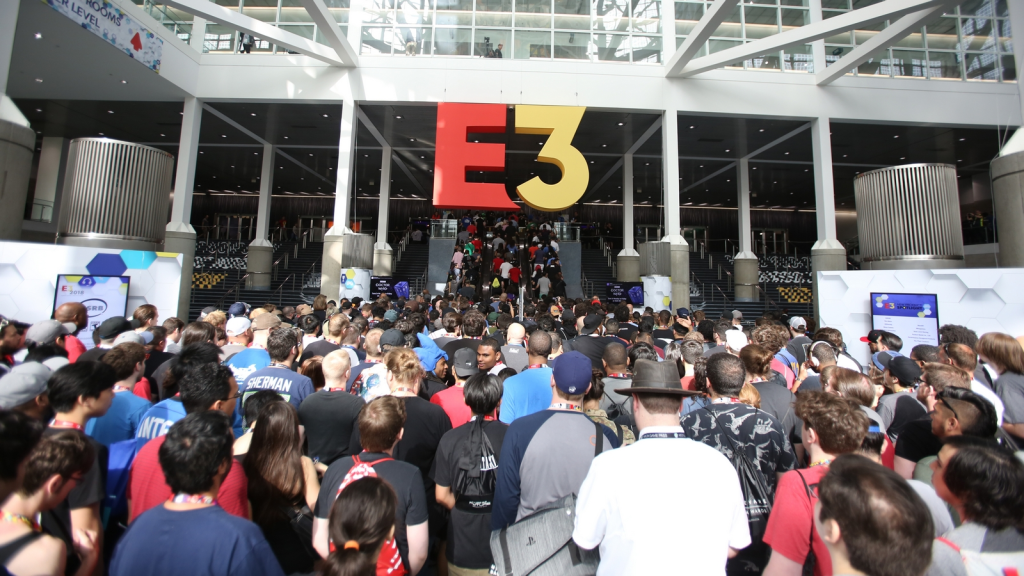It’s that time of year again. I am, of course, not talking about Christmas, but the biggest tech event on all marketing folks’ calendars.
It now feels strange, but after nearly two years of logging on to Zoom calls to watch talking heads give their spiel — CES is back to being live and in-person.
Yet with COVID still a thing, and of course many flight and visa restrictions remaining in place, CES in 2022 is going to be a different event from the one we have known and loved for more than 50 years. Many of the tech businesses that call it home won’t be able to attend, meaning a much smaller occasion than in normal times.
However, all of that doesn’t mean that this isn’t going to be one of the most valuable events on the calendar. Here’s why we think you should definitely be considering CES, and what to expect.
Less is more
Fewer vendors being able to showcase or launch their latest product means that there is more space for yours.
As one of the biggest and best events for all things consumer and technology, CES is also one of the most crowded environments. To stand out and draw attendees to your booth, you have to make a big statement. That usually means spending a lot of money in creating something unique to draw eyeballs.
But, with less players on the field, the opportunity to stand out becomes easier. Instead of ten global competitors, you might only have a couple – creating better chances to spend more time with the key retailers and distribution partners you need to speak to.
In short, less competition – either directly or just in terms of sheer noise – means you have a better chance at generating those all important leads.
Greater profile
On the subject of less attendees meaning more opportunities, there’s another crucial audience that you will be able to engage with on a deeper level: the media.
Engaging journalists attending CES allows you to build those all important relationships and connections face-to-face. It creates deeper interactions beyond a 30-minute interview or going through the product review process.
Under normal circumstances, a brand needs to uncover a big headline-grabbing “thing” to cut through all the noise: new product launches that show how you are leading your category, stunts to try and capture their imagination, and so on. Again – a lot of time, a lot of effort, and (more often than not) requiring a tidy sum of investment.
But with less noise, there’s a greater opportunity to get to know your key journalists and for them to really engage with your products.
A fair warning, though: just because there are less folks at the event doesn’t necessarily mean you will immediately have easier access to journalists. Creativity is still key when attracting attention and in making sure you can build a relationship, not just a one-off transaction.
To succeed here, start simple: find out in advance who you need to engage with, and create a compelling reason to meet with them. For example, don’t just say your product is “game-changing,” explain how it actually is changing the game. Speak to the macro-problem you are solving. Create a reason for them to come by your stand – such as an immersive experience, or something just plain cool that a journalist wants to get their hands on (like everyone else, journalists love free stuff). The sooner you start this, the better the chance to get into diaries.
Tapping into a wider audience
While last year’s CES event featured big virtual numbers, it didn’t have “the heart and soul” of the IRL format.
But with so many countries unable to attend, CES has had to concede (as many other events have) that a virtual audience still must be part of the experience. This creates another opportunity: there is a whole digital audience you can engage with outside of the event program.
This can take several formats. For example, you can run digital campaigns to get key audiences to engage with you around the timeframe of the event. Or, run the real-life product demos in a virtual format, capturing the digital attention here as potential leads. Using your social channels, you can engage with the key themes of the conference, and loop yourself into the bigger conversation to drive engagement (especially if you’re not part of the speaker programme).
The important takeaway here is that there is a CES beyond the people physically present so ensure that you don’t exclude them.
Cut through the noise
CES can be tough. It’s noisey, busy, and everyone is after the same thing. But after two years of virtual events, being there – in-person – is now something special.
So, rather than just a “business-as-usual” CES, this instead can truly be a breakout year. If you combine smart marketing and effective PR, then even smaller firms that would traditionally struggle to get the level of attention they deserve can look to excel.
If you’re wanting to maximise your presence at CES and want to engage top-tier journalists, get in touch to see how Gallium can help.




